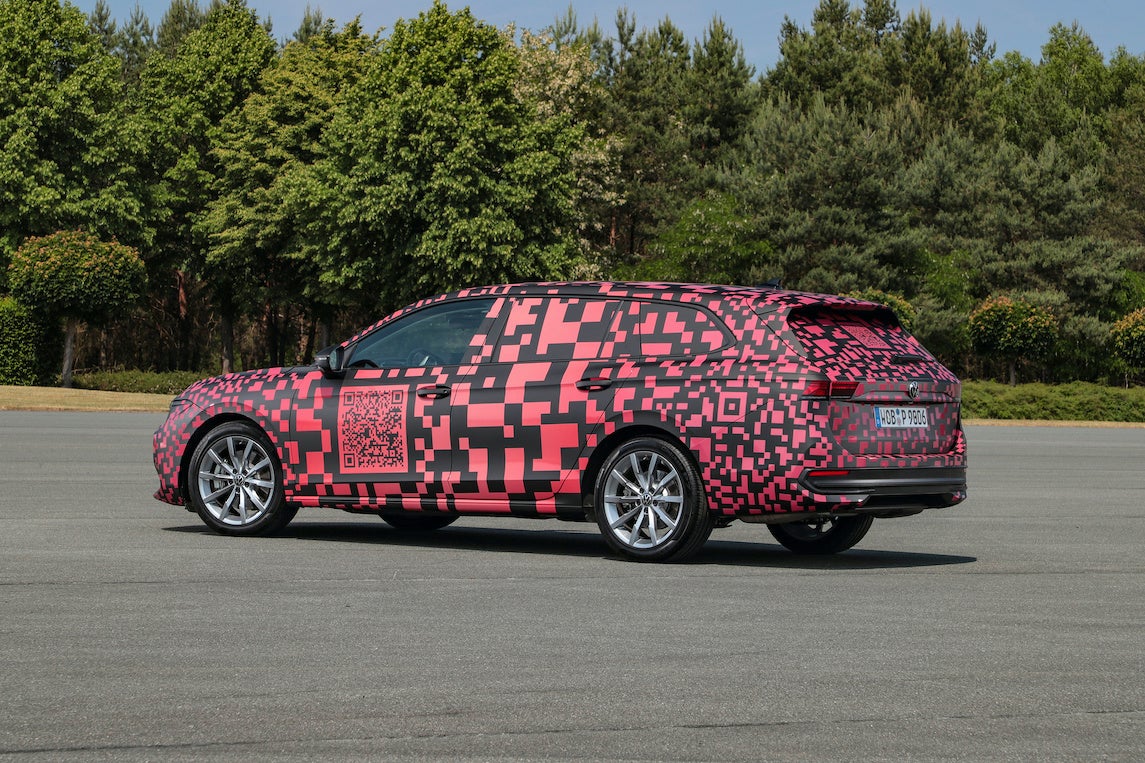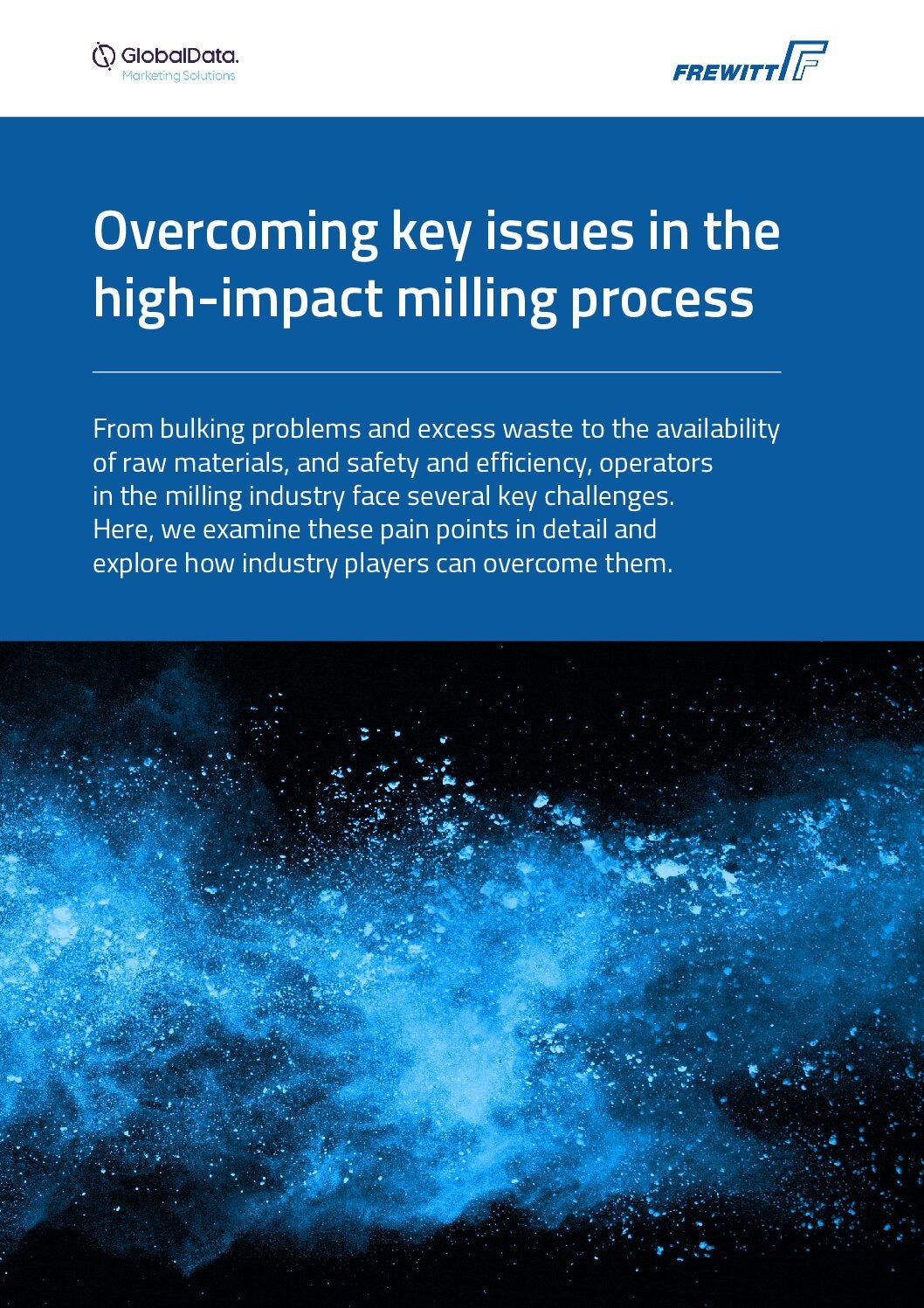
Is Germany’s mightiest OEM developing the right models to win against fearsome rivals in major car buying regions? This report looks at the VW and Audi brands.
How well do you really know your competitors?
Access the most comprehensive Company Profiles on the market, powered by GlobalData. Save hours of research. Gain competitive edge.

Thank you!
Your download email will arrive shortly
Not ready to buy yet? Download a free sample
We are confident about the unique quality of our Company Profiles. However, we want you to make the most beneficial decision for your business, so we offer a free sample that you can download by submitting the below form
By GlobalDataAmarok
Volkswagen‘s new Ford-built pick-up should have a ten-year life cycle, which would mean its successor arriving towards the end of 2032 or thereabouts. And whilst for the moment there is no electrification, the main offering of four- and six-cylinder engines should be boosted by PHEV and EV alternatives from the second half of the decade.
Atlas/Teramont
This big SUV is mainly for China and North America. In both markets, the current model dates to 2016. That should have meant a replacement appearing this year. However, as a second facelift premiered earlier in 2023 for the US-made model, the life cycle will be extended into 2025 or even 2026. The successor will surely be an EV.
ID.2
A small electric car is scheduled for launch in Europe in 2025. The platform will be MEB Entry, the shorter version of MEB which also swaps rear-motor and RWD for front-motor and FWD.
There is also a chance that this hatchback could replace the Polo. Volkswagen provided a preview in the form of the 4,050 mm long ID.2all concept. This was revealed at a special event in March. It was claimed that a production model due in 2026 would have a range of up to 450 km. There was also a promise that the model would be as spacious as a Golf but priced at the same level as a Polo. This was noted as being 25,000 euro.
The ID.2 will be manufactured at Seat’s Martorell plant on the same line as the future Cupra Raval.
ID.2 X
The replacement for the T-Cross is expected to be electric and built at the Volkswagen Group’s Navarra (Pamplona) plant in Spain from 2026. The architecture will be MEB Entry and the name could be ID.2X. There is however also a chance that the ID.2X is a separate model with the T-Cross to be directly replaced by a a crossover with internal combustion engines.
ID.6 X & ID.6 Crozz
This electric SUV is now two years old, which means facelifts for both SAIC-VW and FAW-VW’s versions of the same basic 4.9 m long model are due in 2025. Buyers may also choose from six- or seven-seat layouts.
There is a choice of 58 or 77 kWh lithium ion battery packs, as well as single motor RWD and two-motor AWD cars. The top speed of all is restricted to just 160 km/h (99 mph).
The ID.6 series might prove to be the eventual replacement for the Touareg, at least in China.
ID.7 & ID.7 Vizzion
Previewed by the ID. Aero15 concept, the forthcoming ID.7 is an electric replacement for the Arteon. Production will be in Germany (Emden) and China (by both SAIC VW and FAW VW) with a yet to be seen Shooting Brake expected in about a year’s time.
Volkswagen says the WLTP range should be up to 700 km (435 miles) for the production model. The ID.7 will also feature a new drive unit called APP550. Developed especially for high-torque applications, outputs are to be 210 kW and 550 Nm.
An ID.7 GTX variant will make its international debut at next month’s Munich motor show. As well as having two motors, all-wheel drive will also feature.
Production had been due to commence at Emden this month but various delays mean it may not start until year-end. A seven- to eight-year life cycle can be expected.
ID. Golf
The car which replaces the eighth generation Golf will be electric and likely called ID. Golf.
Volkswagen is believed to think of the ID.3 and its eventual second generation model as a supplement, just as the Golf Plus once existed alongside the Golf.
The company should continue to produce the eighth generation model until 2028: it won’t be facelifted until 2024, VW Passenger Vehicles’ CEO Thomas Schäfer stating this in an April (2023) interview.
Passat (and Magotan)
A new Passat will be revealed in September. In Europe at least, the car will be solely available in Variant (estate) form. There could well be four-door cars for China’s FAW Volkswagen and SAIC Volkswagen JVs, though.
A Volkswagen Group plant in Bratislava will produce the Passat Variant, with the next Škoda Superb to be also made there, commencing in November.
Production of the made-in-Slovakia estate is likely to endure until 2030/2031.
Tiguan
The next generation of this SUV is mere weeks away (September). It has prominent blisters as a styling detail for each of the wheel arches as well as full-width LED lighting at either end.
At 4,551 mm long, length is extended by 32 mm but the wheelbase and width are reportedly identical to the soon to be replaced Tiguan. This confirms the speculation that the new model uses an evolution of the MQB architecture.
As for powertrains, petrol, diesel, mild hybrid and plug-in hybrids will feature. Sales commence in Europe early next year, to be followed by China and then North America.
T-Roc
The second generation T-Roc, due for release in 2025, will be the brand’s final model to be launched in European markets with a combustion engine. Whether or not there will be a successor for the T-Roc Cabriolet isn’t known. There might also be an electric T-Roc later in the decade but this would use a different architecture: either MEB or SSP rather than the ICE-powered T-Roc’s MQB.
Audi
A2 e-tron
There won’t be a successor for the A1, Audi’s future entry point model likely being badged ‘A2 e-tron’.
Such a vehicle would logically use the Volkswagen Group’s MEB Entry architecture and be built at SEAT’s Martorell plant alongside other models based on this front-wheel drive EV platform. Audi has stated that from 2026 onwards, it will only launch electric vehicles in Europe.
A4 e-tron
A D segment sedan will reportedly be added to Audi’s range of electric cars in 2024. The architecture is expected to be PPE rather than MEB with the name expected to be ‘A4 e-tron name’. Production should be in both Germany and China, the latter being part of the FAW-Audi JV. Unlike today’s A4, the next model should be EV-only.
A5
The next A5, which isn’t far off from being revealed, is likely to be a range of ICE-powered cars: sedan, hatchback, Avant, allroad, Coupe and Cabriolet.
Audi’s CEO stated in March that even-numbered models will only be electric, odd numbers being reserved for combustion engine vehicles. There should also be S5 and RS 5 Avant replacements for the S4 and RS4 Avant.
A6 e-tron
A production car previewed by the 4,960 mm long A6 e-tron concept (2021 Shanghai motor show) is now edging closer to launch. It should retain that badge and be sold alongside the existing, unrelated A6. A 100 kWh battery pack and a WLTP range of up to 700 km should feature. Both single motor and two-motor variants will be offered, along with both an estate and a crossover estate.
The existing A6 was launched in 2018 so it should be around until 2025, the current model existing in ICE form alongside the eventual successor.
A8 e-tron
The replacement for the A8 is expected to be electric-only and therefore badged A8 e-tron. A 5,349 mm long Level 4 autonomous drive electric concept (the public premiere of which was at the Munich IAA in September 2021) should have heralded some of the looks and technology.
The grandsphere was the second in a series of four studies, the others being the skysphere, urbansphere and activesphere. The interior had timber across the dashboard onto which displays were projected. There is a chance that the production model due in 2025 will feature this innovation.
Q6
This SUV is a special model for China. Revealed to the media in July 2022, it is more or less a rebodied VW Teramont (Atlas in some countries). Production commenced earlier in 2023 and should continue until 2031.
Part of the SAIC-Volkswagen joint venture, the Q6 is 5,099 mm long, making it a bigger vehicle than the (imported) Q7. There are both six- and seven-seat options with two four-cylinder variants as well as a V6. Expect a PHEV in 2024.
Q8 e-tron
Today’s Q8 e-tron and Q8 e-tron Sportback will be replaced by new generations in 2026, continuing to be manufactured at the Forest plant in Brussels.
It is unclear whether or not ICE-powered Q8 versions will again be built at Bratislava. The big SUV might be the final Audi vehicle to be launched with combustion engines, the company having stated in June 2021 that it would be discontinuing these in the 2030s.
A second feature examining certain expected future models for the Volkswagen Group’s SEAT-Cupra and Škoda divisions will be published on 21 August.








